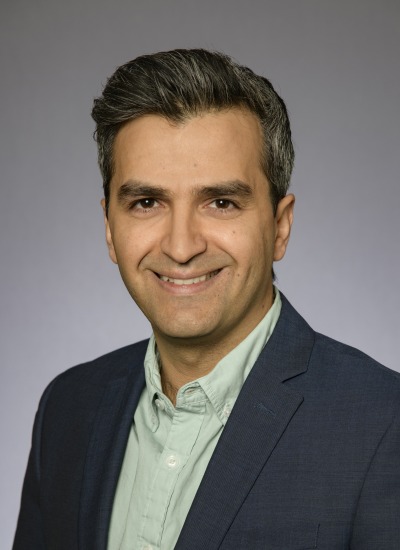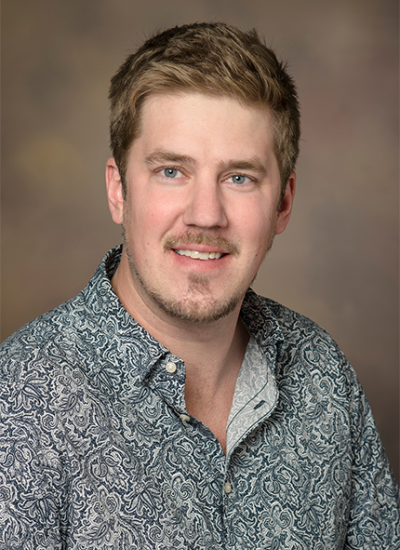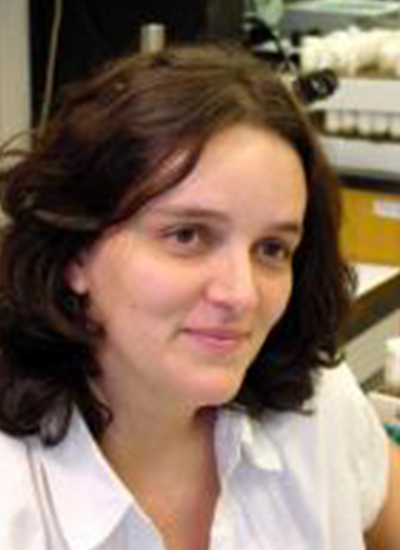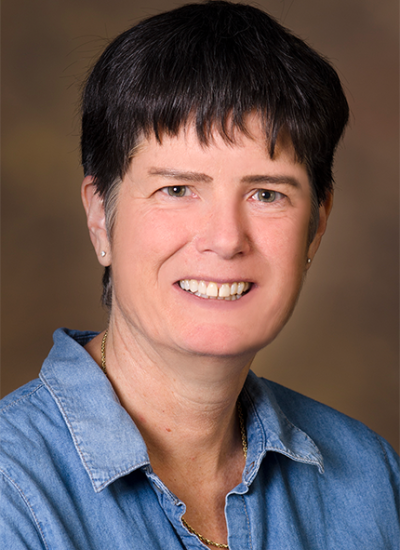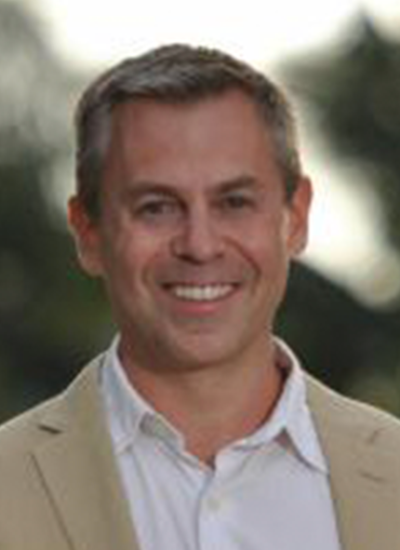Anatomy
Kaveh Laksari
Work Summary
https://www.engr.arizona.edu/~klaksari/
Research Interest
Brett Colson
Research Interest
Daniela C Zarnescu
Work Summary
We are working to uncover the molecular mechanisms of aging and neurodegenerative diseases using a combination of genetic, computational and pharmacological tools, and a diverse array of experimental models. We also seek to develop therapies for ALS and related neurodegenerative diseases.
Research Interest
Stephen H Wright
Work Summary
The kidney plays a critical role in clearing the body of potentially harmful compounds, including many commonly prescribed drugs. Unfortunately, this also sets the kidney up as a site where multiple drugs can interact in unwanted ways. We study the cellular transport processes responsible for renal drug clearance with the intent of developing predictive models that can assist clinicians, drug companies, and the Food & Drug Administration in their efforts to increase patient safety.
Research Interest
Jean M Wilson
Research Interest
Jennifer A Teske
Research Interest
Timothy W Secomb
Research Interest
Gregory C Rogers
Research Interest
Cynthia Miranti
Research Interest
Pagination
- Page 1
- Next page



